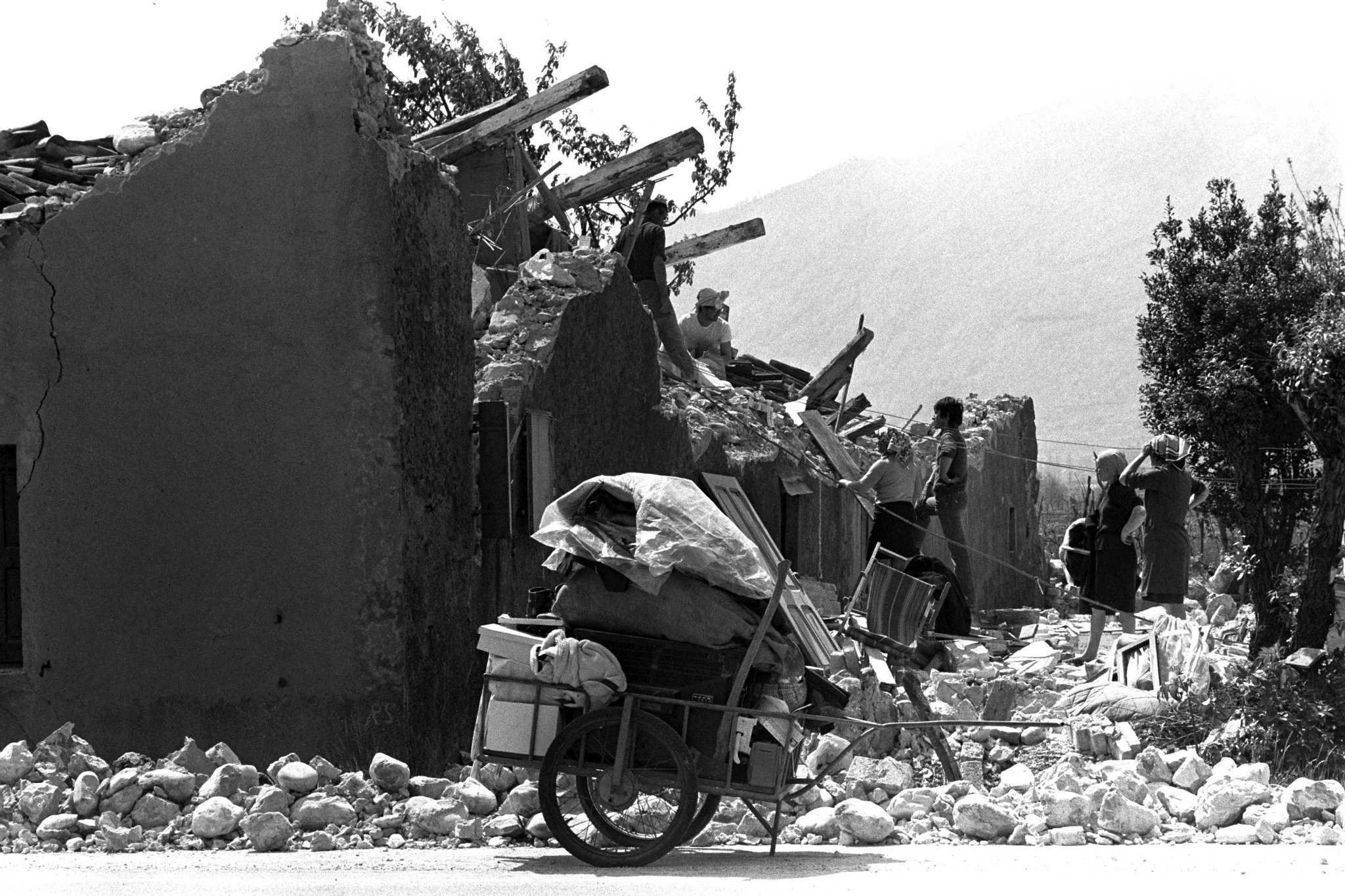
Did you know the 1908 Italy earthquake was one of the deadliest in European history? This catastrophic event struck the region of Messina and Reggio Calabria on December 28, 1908. With a magnitude of 7.1, it caused widespread destruction and claimed over 100,000 lives. The earthquake triggered a massive tsunami, adding to the devastation. Buildings crumbled, fires broke out, and entire communities were left in ruins. Despite the tragedy, this disaster led to significant advancements in earthquake engineering and emergency response. Understanding the impact of this historical event can help us appreciate the resilience and recovery efforts of the affected regions. Let's delve into some fascinating facts about the 1908 Italy earthquake.
The 1908 Italy Earthquake: A Catastrophic Event
The 1908 Italy earthquake, also known as the Messina earthquake, remains one of the deadliest natural disasters in European history. This catastrophic event struck southern Italy, leaving a trail of destruction and sorrow. Here are some compelling facts about this tragic event.
-
The earthquake occurred on December 28, 1908, at approximately 5:20 AM local time.
-
The epicenter was located in the Strait of Messina, between the island of Sicily and the region of Calabria on the mainland.
-
The earthquake had a magnitude of 7.1 on the Richter scale, making it one of the most powerful earthquakes to hit Europe.
-
The shaking lasted for about 37 seconds, causing widespread devastation.
-
The earthquake was followed by a tsunami with waves reaching up to 40 feet high.
-
The tsunami struck the coastal areas of Messina and Reggio Calabria, compounding the destruction.
-
Approximately 100,000 people lost their lives due to the earthquake and subsequent tsunami.
-
Messina, a major city in Sicily, was almost entirely destroyed, with around 90% of its buildings collapsing.
-
Reggio Calabria, on the mainland, also suffered extensive damage, with many buildings reduced to rubble.
-
The disaster left around 200,000 people homeless, struggling to find shelter and basic necessities.
The Human Toll and Response
The human impact of the 1908 earthquake was immense, with countless lives lost and many more affected. The response to the disaster showcased both the resilience and the challenges faced by the survivors.
-
Many survivors were trapped under the rubble for days, awaiting rescue.
-
Rescue efforts were hampered by the destruction of infrastructure, making it difficult to reach affected areas.
-
International aid poured in from countries like the United States, Russia, and Japan to assist with rescue and relief efforts.
-
The Italian government declared a state of emergency and mobilized the military to assist in rescue operations.
-
Temporary shelters were set up to house the homeless, but conditions were often dire.
-
Disease outbreaks, including typhoid and cholera, spread rapidly due to poor sanitation and overcrowded conditions.
-
Many children were orphaned, and efforts were made to place them in orphanages or with surviving relatives.
-
The disaster prompted significant changes in building codes and construction practices in Italy to improve earthquake resistance.
-
The Italian Red Cross played a crucial role in providing medical care and support to the injured and displaced.
-
The earthquake and tsunami left a lasting impact on the cultural and social fabric of the affected regions.
The Geological and Historical Significance
Understanding the geological and historical context of the 1908 earthquake provides insight into why it was so devastating and how it shaped future responses to natural disasters.
-
The Strait of Messina is a seismically active area due to the complex interactions between the African and Eurasian tectonic plates.
-
Historical records indicate that the region had experienced several significant earthquakes before 1908, but none as devastating.
-
The 1908 earthquake is considered one of the deadliest in recorded history, with a death toll comparable to other major global earthquakes.
-
The disaster highlighted the need for better earthquake preparedness and response strategies in seismically active regions.
-
The event spurred scientific research into earthquake prediction and early warning systems.
-
The ruins of Messina and Reggio Calabria became a stark reminder of the destructive power of natural disasters.
-
The earthquake influenced Italian literature, art, and cinema, with many works depicting the tragedy and its aftermath.
-
Memorials and monuments were erected in honor of the victims and to commemorate the resilience of the survivors.
-
The 1908 earthquake remains a key case study for seismologists and disaster management experts.
-
The lessons learned from the 1908 disaster continue to inform modern earthquake preparedness and response efforts worldwide.
Reflecting on the 1908 Italy Earthquake
The 1908 Italy earthquake remains one of the most devastating natural disasters in history. Striking the regions of Messina and Reggio Calabria, it caused widespread destruction and loss of life. With a magnitude of 7.1, the quake and subsequent tsunami left over 100,000 people dead. The disaster prompted significant changes in building codes and emergency response strategies in Italy.
Understanding the impact of this event helps us appreciate the resilience and recovery efforts of the affected communities. It also serves as a reminder of the importance of preparedness in the face of natural disasters. By learning from the past, we can better equip ourselves to handle future challenges. The 1908 earthquake's legacy continues to influence seismic research and safety measures worldwide, ensuring that such a tragedy is never forgotten.
Was this page helpful?
Our commitment to delivering trustworthy and engaging content is at the heart of what we do. Each fact on our site is contributed by real users like you, bringing a wealth of diverse insights and information. To ensure the highest standards of accuracy and reliability, our dedicated editors meticulously review each submission. This process guarantees that the facts we share are not only fascinating but also credible. Trust in our commitment to quality and authenticity as you explore and learn with us.


